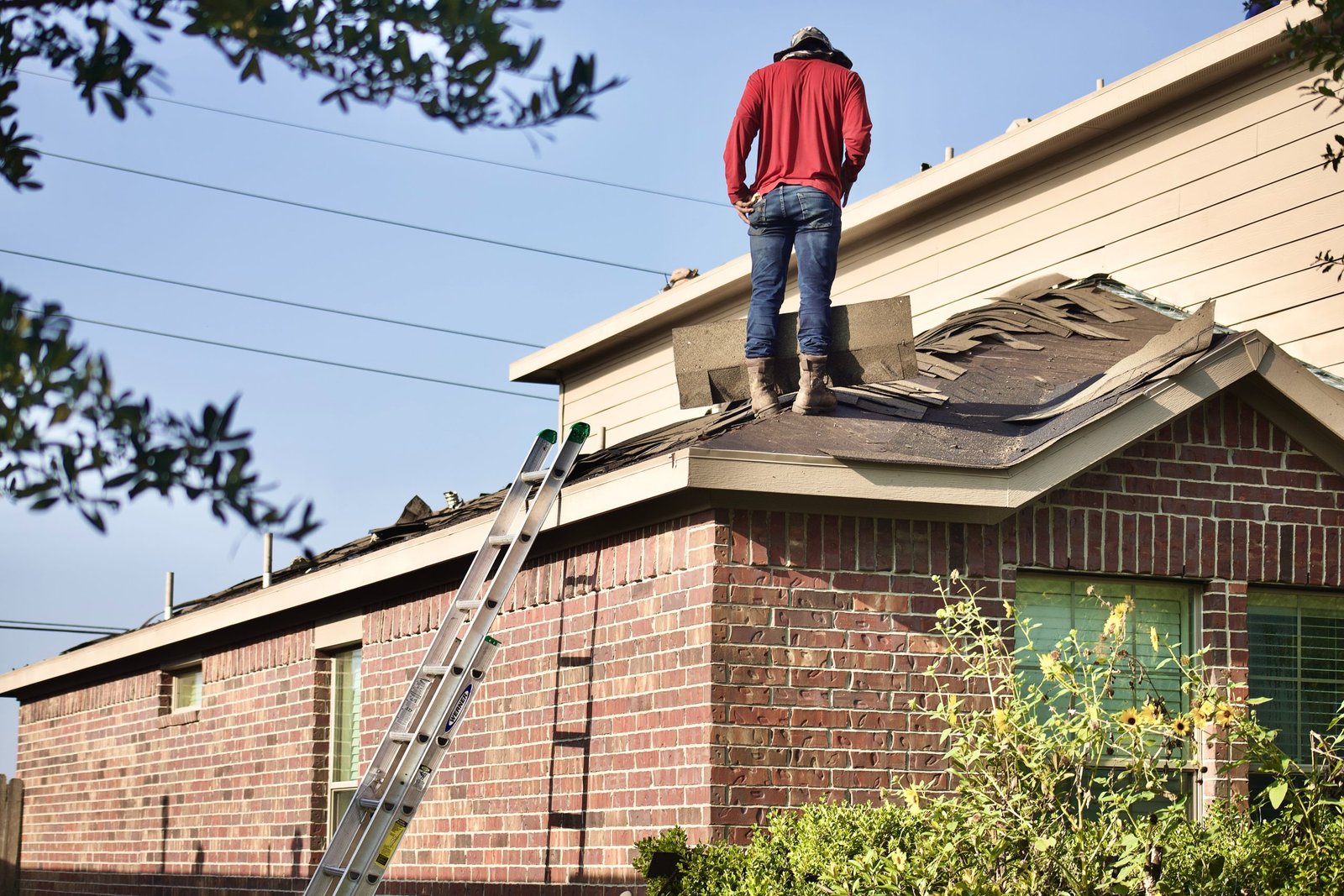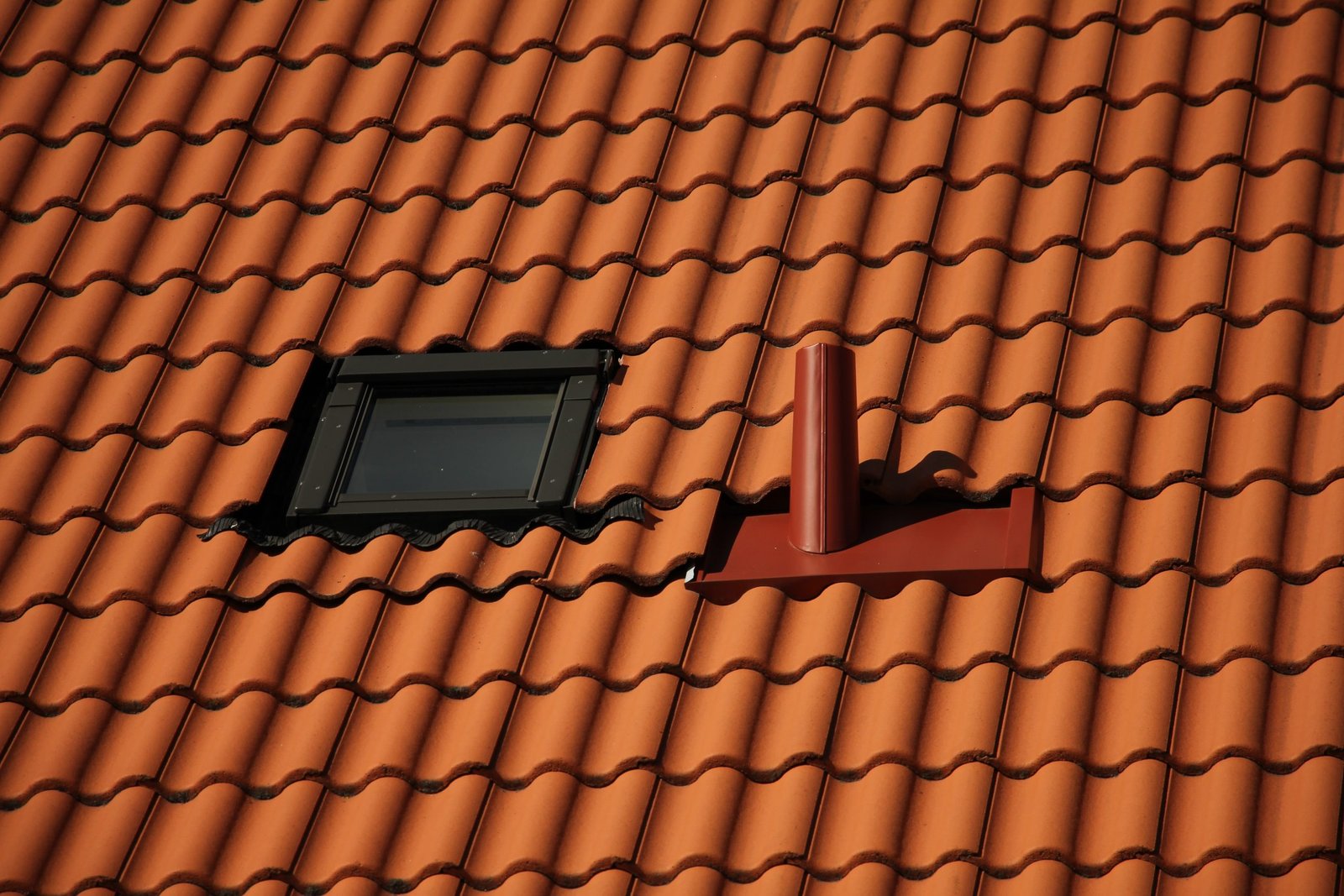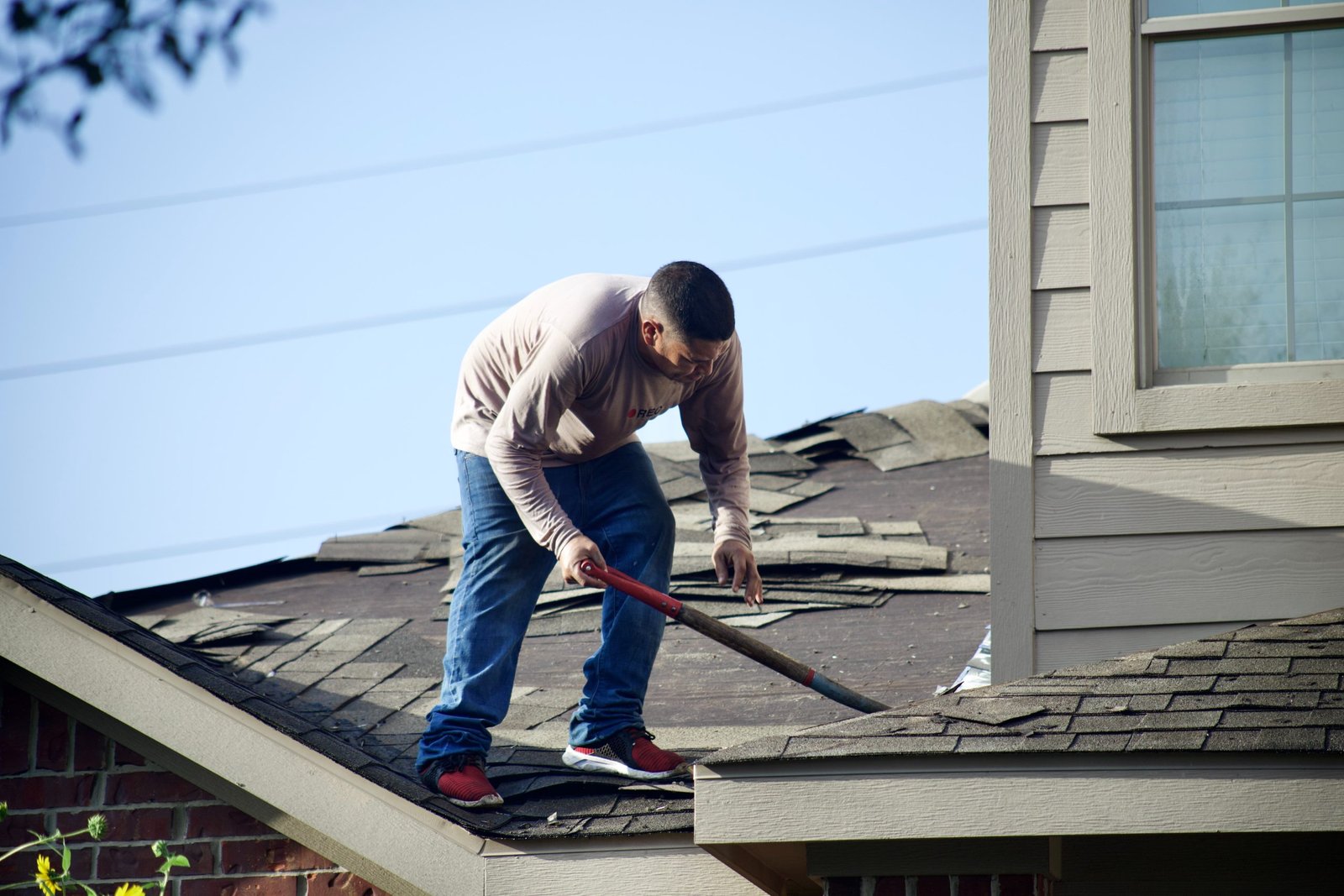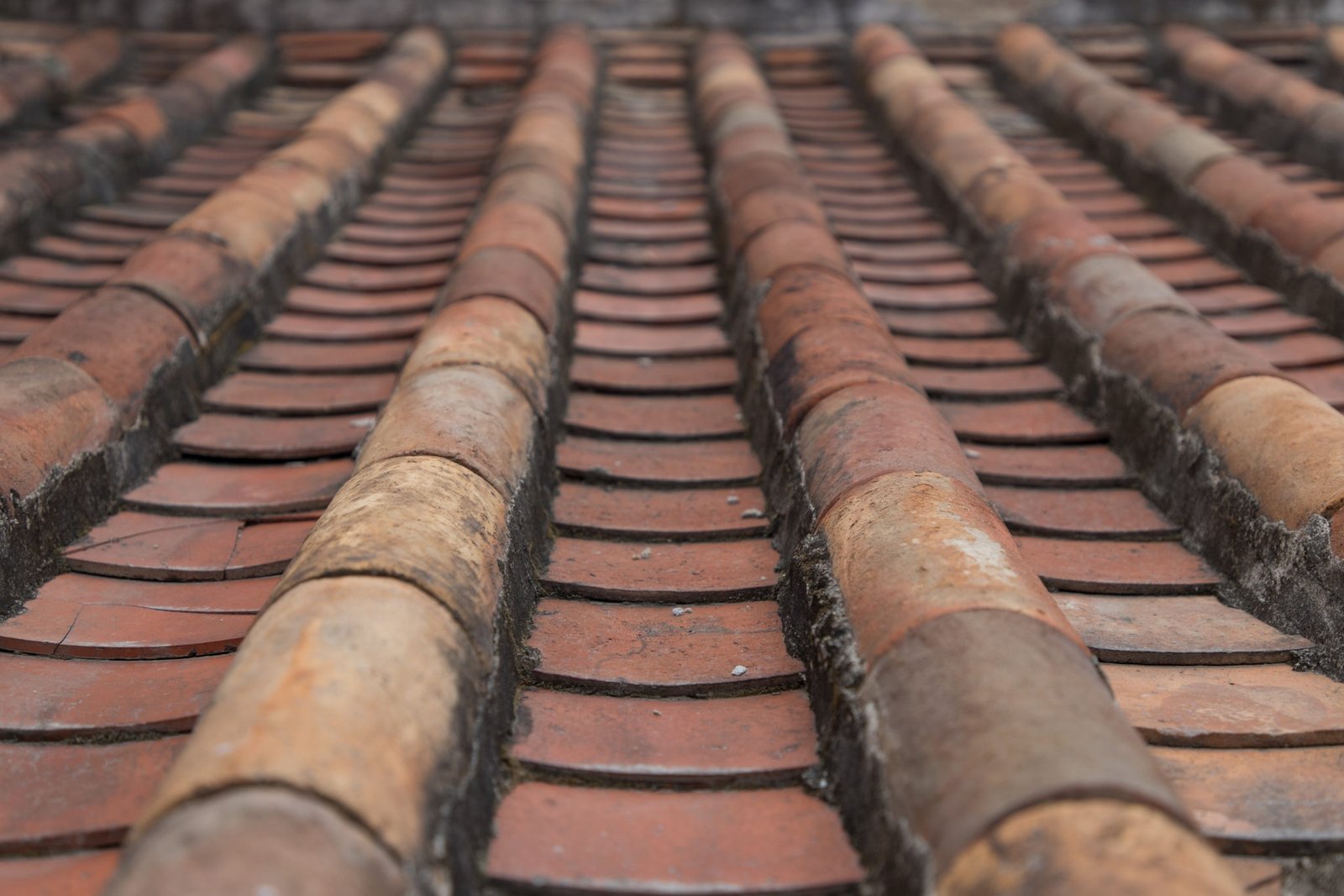
How To Find And Fix A Leaking Roof: 3 Expert Tips
Having a leaking roof can be a daunting task.
Not only is it an inconvenience, but it can also lead to further damage and costly repairs if not addressed quickly. The good news is that there are several steps you can take to repair your roof yourself without breaking the bank or having to hire a professional contractor.
In this article, we’ll discuss the different types of leaks you may encounter and how to identify them, as well as provide tips on how to fix these common issues in order for you to get back out in the sunshine with dry feet!
1. The Different Types Of Leaks
Leaks typically fall into three broad categories: surface damage, shingle problems, and flashing leaks.
Surface damage can include punctures or cracks in the roof’s membrane caused by impacts such as hail or tree branches, or physical wear-and-tear due to age. If you find any breaks in your roof’s protective seal, repair the area with a patch or sealant as soon as possible.
Shingle problems, such as missing shingles and curled corners, can cause water to penetrate through the roof’s barrier and leak into your home. To fix this issue, you’ll need to remove the damaged shingle and replace it with a new one.
Finally, flashing leaks are caused by gaps in the metal sheets used to seal around vents and other protrusions from your roof. To prevent water from finding its way inside, use a sealant or caulk to fill any holes or cracks that you find. This can help ensure that your roof is watertight and able to withstand the elements.

2. Inspecting Your Roof
Now that you know the types of leaks to look out for, it’s time to inspect your roof. Start by climbing onto the roof and looking for any signs of damage or wear and tear. Pay special attention to areas around chimneys and vents, as these are often prone to leaking. If you don’t feel comfortable inspecting the roof yourself, the expert team at https://topnotchroofingtx.com/ advise hiring a professional roofing contractor. They have the experience and knowledge necessary to identify areas that need repair or replacement.
Once you’ve identified any potential problem spots, take some time to assess the damage. Look for cracked flashing, worn sealant, broken shingles, and other signs of wear and tear. If you notice anything out of the ordinary, you may need to do some repair work.
In addition to inspecting the roof for damage, it’s also important to make sure that the gutters and downspouts are free of debris. Clogged gutters can cause water to back up and seep into your home, so it’s important to keep them clean. Click here full range of cast iron gutters and downpipe products.

3. Fixing the Leaks
Once you’ve identified the source of the leak, it’s time to start fixing it. Depending on the severity of the damage, this could be a simple DIY job or require professional assistance.
If you’re comfortable working with roofing materials, the first step is to remove any damaged or loose material around the leak. Then use a caulking gun to fill in any gaps with sealant. Make sure you apply it liberally and evenly to ensure a watertight fit.
Once the sealant has been applied, use a trowel to spread it and make a smooth surface. If you notice any gaps or unevenness, apply more sealant to remedy this. You may also need to use roofing tar or mastic if the damage is particularly severe.
Finally, replace any tiles or shingles that have been damaged by the leak and make sure they are secured firmly in place with nails or screws. Be sure to check your work thoroughly and make any necessary repairs before re-securing the tiles or shingles.
Once you’ve completed the repair, it’s important to inspect the area regularly and be vigilant in detecting any signs of further damage, such as damp patches or leaks. If you notice anything suspicious, call a professional roofer to take a look.

By taking the time to properly repair your roof, you can save yourself time, money, and hassle in the long run. With regular maintenance, you can ensure that your roof remains secure and watertight for years to come. If you have any concerns about the condition of your roof, consider enlisting the help of a professional contractor—they can offer invaluable advice and assistance. By following this simple guide, you can keep your roof in top condition and protect your home from potential water damage. Keeping on top of regular maintenance will also help to prolong the life of your roof and save you money in the long run.








